Dealing with a hard disk crash can be really stressful, especially when it means losing important data. But don’t worry—there are several effective ways to recover your data and ease that stress.
One great option is using data recovery software like Disk Drill. This tool can help you easily recover files that have been permanently deleted, formatted, or even corrupted from both internal and external hard drives.
Data Loss Scenarios: How They Happen and What You Can Do
please rewrite this paragraph in more conversational tone and use simple English also fix the grammatical mistakes and make it more redable and enjoyable “Data loss from a crashed hard disk has several common causes that can be divided into two major categories: logical problems and physical damage.
A hard disk can also crash due to logical problems involving the disk’s file system and/or data. These issues don’t involve physical harm to the disk itself but can still lead to significant data loss. In such cases, using hard disk data recovery software is an effective solution to retrieve lost or inaccessible data.
Logical damage most commonly results from:
- File System Corruption: This occurs when the system that manages how data is stored and retrieved becomes damaged. Such corruption can happen due to software crashes or improper shutdowns.
- Virus Attacks: Malicious software can corrupt, delete, hide, or modify your data. The good news is that some malware infections are fairly painless to recover from.
- Partitioning Mistakes: Incorrectly partitioning a hard drive, whether during the installation of a new OS or while trying to create new volumes, can lead to the loss of partitions and the data stored in them.
Physical damage to the hard disk often results in irreversible data loss that necessitates consulting professional recovery services. For guidance on selecting a reliable service, visit the best data recovery services.
Physical damage typically occurs as a result of:
- Device Overheating – Laptops and PCs are prone to overheating if you’re performing too many tasks at once, using heavy software or applications, or due to excessive usage, etc.
- Power Fluctuations – Sudden power surges or outages can cause severe damage to electrical devices. Be it an electrical storm or an unexpected power failure; these situations can lead to corrupt hard drives or even crashes.
- Improper handling – Physical damage to the hard drive from improper handling of the device or unforeseen accidents can cause fatal damage to hard drives.”
Recover Data from a Corrupted or Crashed Hard Drive with Software
If your hard drive crashes or gets corrupted due to logical issues, you can often recover your data with the right tool.
One great option for this is Disk Drill. It’s user-friendly and works well for people of all skill levels. Its powerful scanning engine can help you recover lost files even in tricky situations like partition loss, formatting, or files deleted from the Recycle Bin.
Disk Drill also comes with some handy features, such as creating disk images for backups, monitoring your disk’s health with S.M.A.R.T., and tools for filtering, sorting, and previewing scan results. These features make it easier to find and recover your missing files quickly and without hassle.
Steps to Recover Data from a Corrupted or Crashed Hard Drive
1.To recover data from a crashed hard drive, start by downloading and installing Disk Drill on your Windows or Mac computer. Both versions let you preview as many recoverable files as you want, and the Windows version even lets you recover up to 500 MB of data for free.
2. Once installed, open Disk Drill, choose the crashed hard drive, and click the “Search for lost data” button. Disk Drill will automatically use its advanced recovery algorithms to find your files.
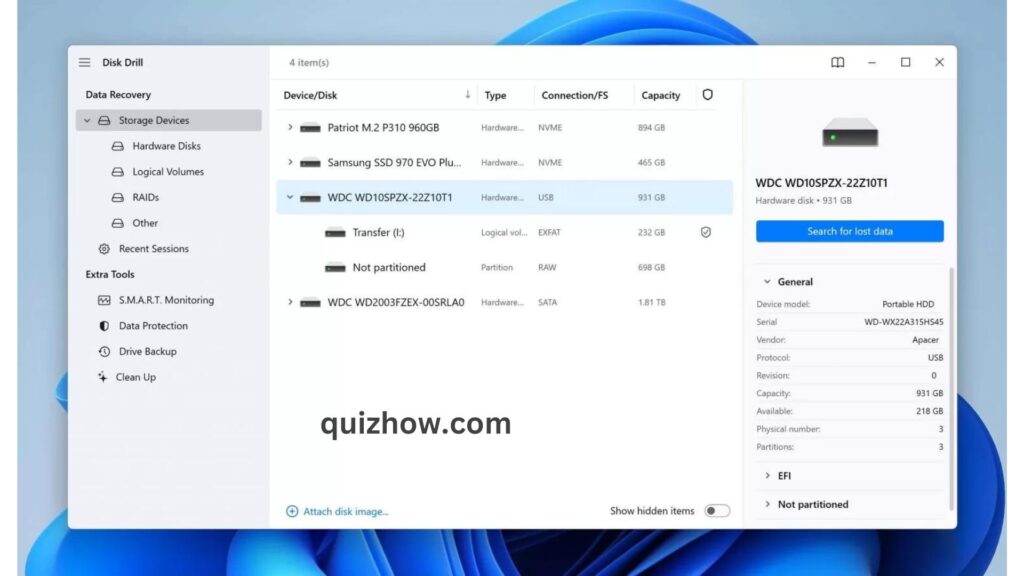
3. You can either wait for the scan to finish or choose to review the found files while the scan continues in the background. For the best recovery results, it’s important to let the scan complete.

4. After the scan is done, look through the results to find your lost files. Disk Drill allows you to filter files by type—documents, photos, videos, and more—so you can quickly locate what you need. Select the files you want to recover by checking the boxes next to them, and then click the “Recover” button.
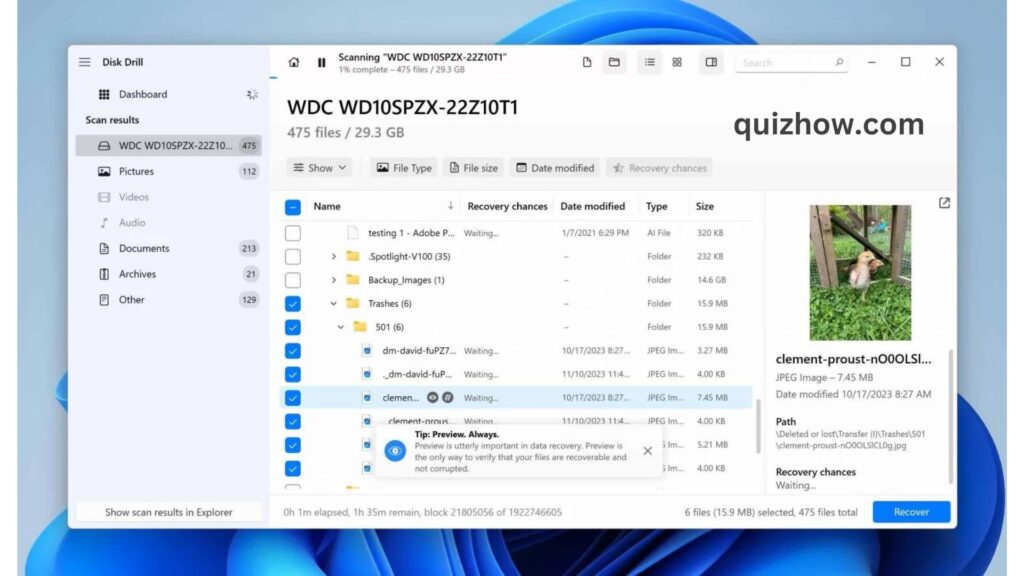
5. Finally, choose a recovery destination for your files. Make sure it’s a different storage device than the one that crashed to prevent overwriting your data.
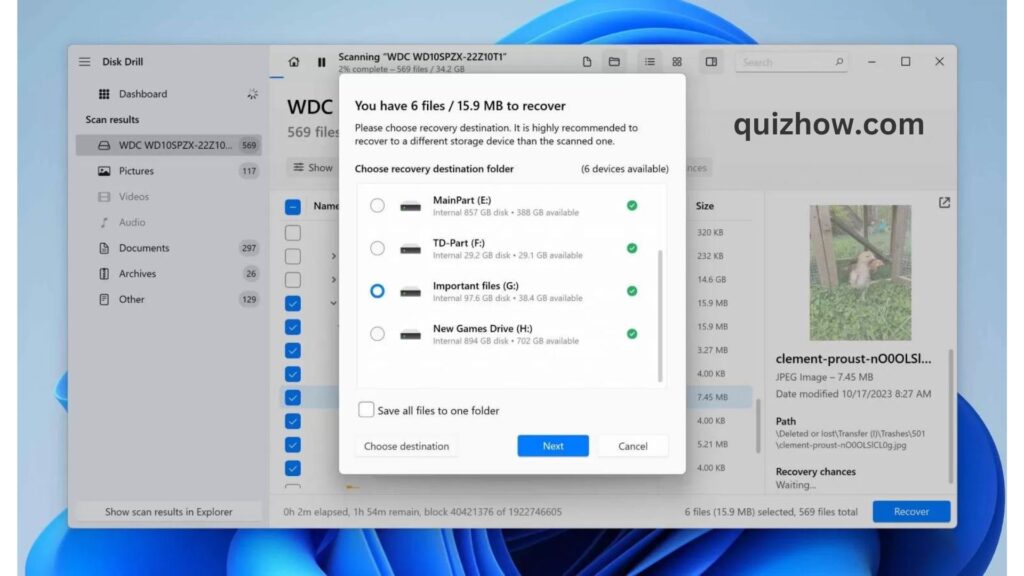
Recover Data with a Hard Drive Data Recovery Service
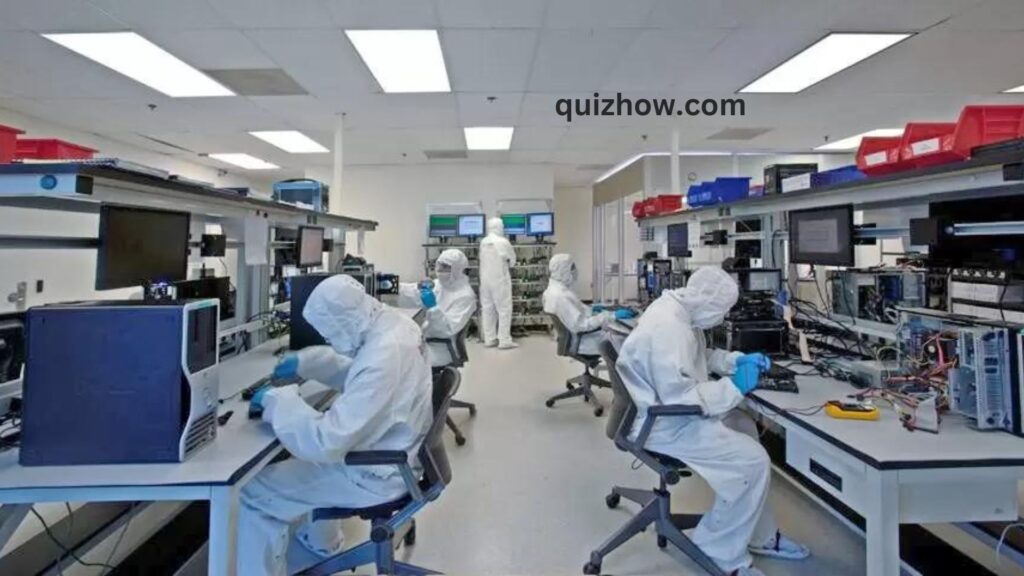
If your hard drive is too damaged for data recovery software to handle, a data recovery service can help you get your information back.
These services use advanced techniques and tools to recover data from drives that are severely damaged. However, keep in mind that this option can be quite expensive, so you’ll need to consider how valuable your lost data is.
Also, recovering data from badly damaged or corrupted drives can take a lot of time. If you need your data urgently, some services offer expedited options, but they usually come with a higher cost. Make sure to weigh the urgency and the expense before deciding to use a data recovery service.
Also Read: Proxy vs VPN: Key Differences
Use the following steps to engage a data recovery service and save your valuable data:
Getting Started with Recovery:
- Start the Process: The first thing you’ll do is fill out a form that tells the recovery service about your device and what happened to your data.
- Pack and Ship Your Device: Make sure to pack your device carefully before sending it in. Use an anti-static bag or aluminum foil to protect it from static, and add foam or bubble wrap to cushion it against bumps during shipping.
- Diagnostic Check: Once the service gets your device, they’ll check it out to see how bad the damage is and whether your data can be recovered. They’ll give you a report and a cost estimate for the recovery.
- Approve and Recover: If you agree with the quote, they’ll start recovering your data. The techniques they use will depend on what’s wrong with your drive.
- Receive Your Data: If everything goes well, they’ll send your recovered data back to you on a new storage device, like a flash drive or an external hard drive.

Perform Corrupted Hard Drive Recovery Using CHKDSK or First Aid.
If Disk Drill isn’t quite what you need, there are other tools and methods for recovering data from a corrupted hard drive. Some of these tools come built into your operating system, so you don’t even have to download anything extra.
For Windows users, there’s CHKDSK (Check Disk). This tool checks your file system and hard disk for errors, fixes file system problems, and finds bad sectors to recover data from them.
Here’s how to use CHKDSK:
- Press Win + X and choose Command Prompt (Admin).
- Type
chkdskand hit Enter to start checking for errors. - To fix the drive, type
chkdsk C: /r /x(replace C: with the letter of your corrupted drive).
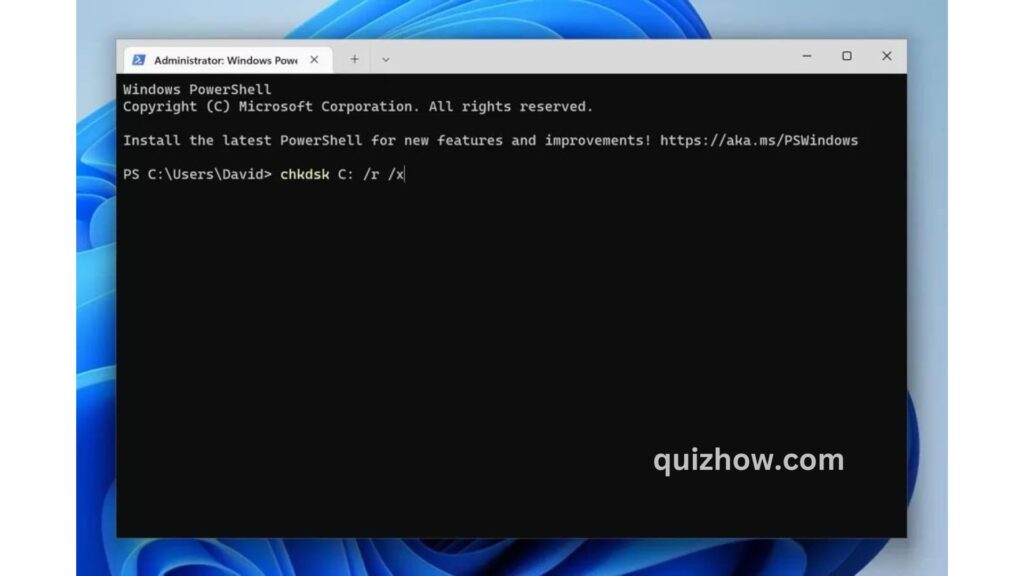
For Mac users, First Aid is the tool to use for fixing minor file system issues. You can find it in Disk Utility.
To use First Aid:
- Open Disk Utility via Spotlight (press Command + Space).
- Select your disk or volume and click First Aid.
- Let First Aid run its checks and repairs. It will tell you if it found and fixed any issues.
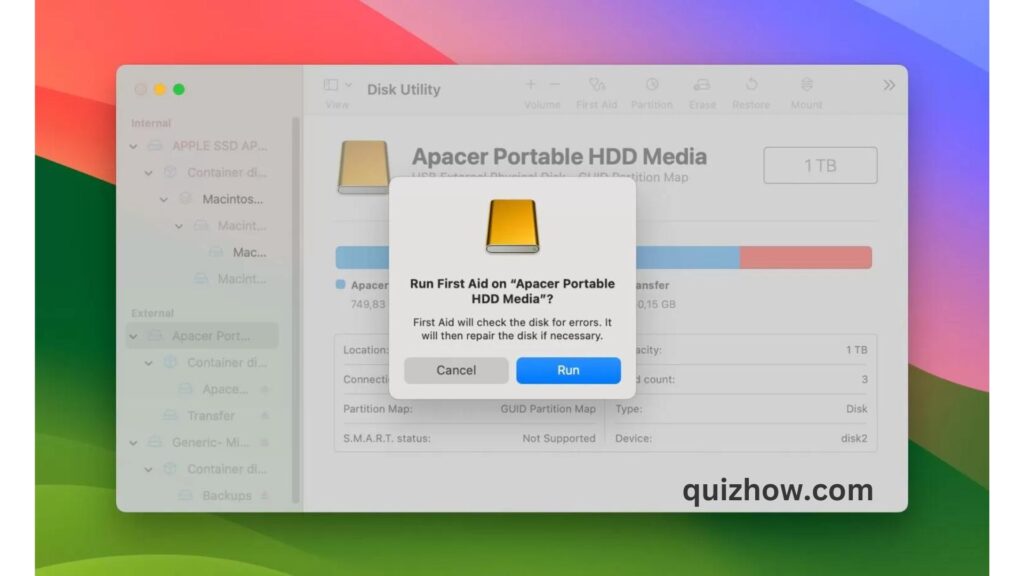
Once First Aid finishes, your hard drive should be repaired and back in working order!
Tips to Avoid Data Loss from a Hard Drive
Here are some tips to help you avoid losing data from your hard drive:
- Stop Using the Device: If you hear any strange noises, like clicking or grinding, stop using your hard drive immediately. Before you stop using it, consider creating a backup with Disk Drill’s byte-level backup feature, which can include deleted files.
- Use Antivirus Software: Protect your computer from viruses and malware, which can cause data loss.
- Back Up Your Data Regularly: Regular backups can save you from losing most or all of your data, even if something goes wrong.
- Keep Your Device Safe: Avoid exposing your hard drive to extreme heat or high humidity, as these conditions can damage it.
- Double-Check Before You Delete: Be careful when deleting files or formatting partitions. Always double-check to make sure you’re working with the correct information to prevent accidental data loss.

Discover more from QuizHow
Subscribe to get the latest posts sent to your email.


1 thought on “Recover Data from a Corrupted Hard Drive”